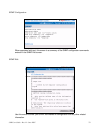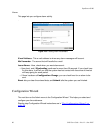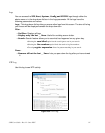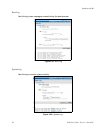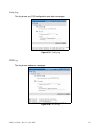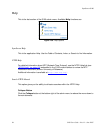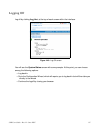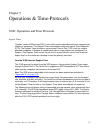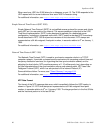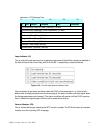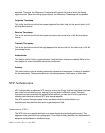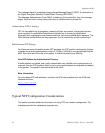
S100 User Guide – Rev. D – June 2005 87
2
5
3
Chapter 5
Operations & Time-Protocols
S100: Operations and Time Protocols
Sysplex Timer
“Sysplex” means SYStem comPLEX, a term often used to describe continuous computing on
clusters of computers. The Sysplex Timer is sometimes called an External Time Reference
(ETR). The Sysplex Timer provides a synchronized Time-of-Day (TOD) clock for multiple
attached computers. A Sysplex is needed when two or more systems are configured in a
Sysplex. One Sysplex Timer can do the job, but it’s a good idea for you to have a second
duplex timer on the cluster as a backup in case the primary timer fails.
How the S100 Uses the Sysplex Timer
The S100 receives the signal from the GPS antenna, then provides Sysplex Timer output
through its Serial Port A. The Serial Port A supplies an ASCII broadcast of UTC time that is
often used by computers that cannot or do not use NTP.
Note: The GPS antenna described in this manual has been replaced as described in
“Appendix E” on page 141
.
Be sure your computer is set up with the correct Serial Port parameters—the correct baud
rate, data bits, stop bits, and parity. The Serial Port will start broadcasting the time only after it
receives a c or C character. It will stop broadcast when it receives an r or R character. If you
set the Sysplex Timer to Auto on, the Sysplex Timer starts automatically on power up.
The following time information string is transmitted once per second, when started with the c
or C character. The DDD field represents three ASCII digits of days (001–366). The Quality
Indicator indicates the validity of the time. The Carriage Return character is transmitted on-
time. The first rising edge of the Carriage Return character occurs within 100 microseconds
after the S100 1PPS signal transitions from low to high.



